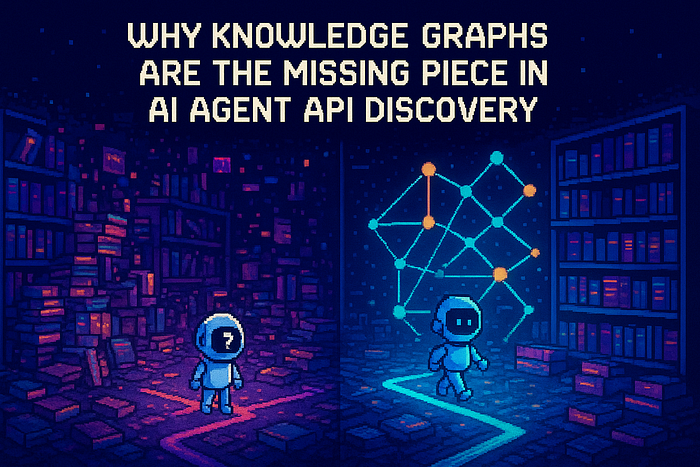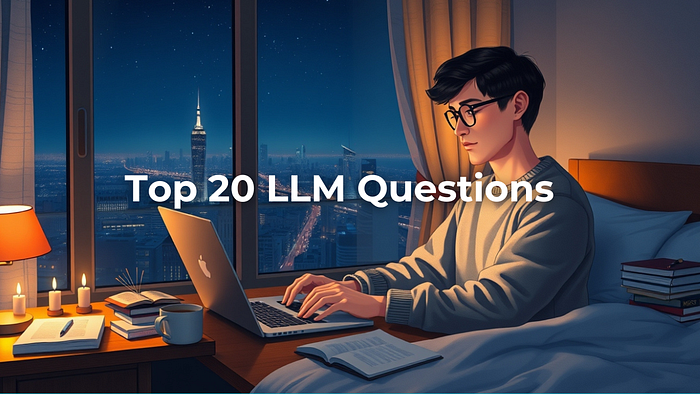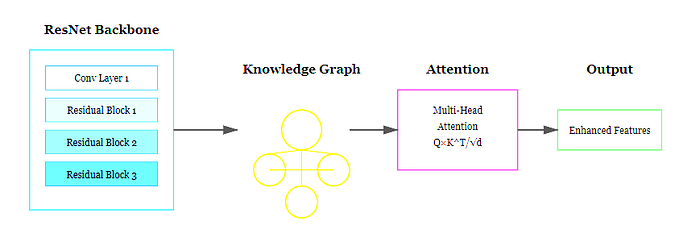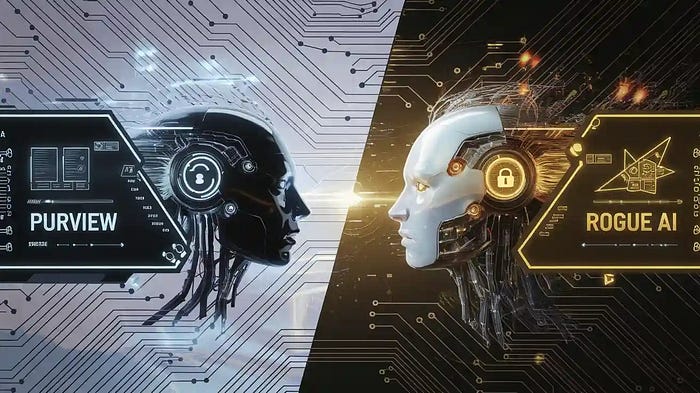
DeepSeek vs. ChatGPT — A Detailed Architectural and Functional Breakdown
Author(s): Veritas AI
Originally published on Towards AI.

This member-only story is on us. Upgrade to access all of Medium.
The Large Language Models have changed the face of Natural Language Processing by enabling machines to generate human-like copies of text, translate languages, summarize texts, and perform a multitude of other tasks. Fast advances in large-language-modeling have resulted in the production of surface differences across AI systems in terms of architectures, training methodology, and overall performance.
This article elaborates on two of the leading models, ChatGPT and DeepSeek, in its comparison, focusing on the architectural design, training methodologies, performance, and limitations.
ChatGPT uses a transformer architecture. It is modeled on the GPT series. Currently, the most reconfigurable model is GPT-4-a decoder-only Transformer model that can have billions of parameters all tuned for it.
The major architectural features include::
Multi-head self-attention mechanisms: This provides attention to segments of the input sentence all at once, capturing long-range dependencies and contextual relationships.Layer normalization and residual connections: These stabilize the training process and improve gradient flow, allowing the model to scale on deep architectures.Layer normalization and residual connections: These techniques stabilize the training process and improve gradient flow, enabling the model to scale… Read the full blog for free on Medium.
Join thousands of data leaders on the AI newsletter. Join over 80,000 subscribers and keep up to date with the latest developments in AI. From research to projects and ideas. If you are building an AI startup, an AI-related product, or a service, we invite you to consider becoming a sponsor.
Published via Towards AI
Take our 90+ lesson From Beginner to Advanced LLM Developer Certification: From choosing a project to deploying a working product this is the most comprehensive and practical LLM course out there!
Towards AI has published Building LLMs for Production—our 470+ page guide to mastering LLMs with practical projects and expert insights!

Discover Your Dream AI Career at Towards AI Jobs
Towards AI has built a jobs board tailored specifically to Machine Learning and Data Science Jobs and Skills. Our software searches for live AI jobs each hour, labels and categorises them and makes them easily searchable. Explore over 40,000 live jobs today with Towards AI Jobs!
Note: Content contains the views of the contributing authors and not Towards AI.














